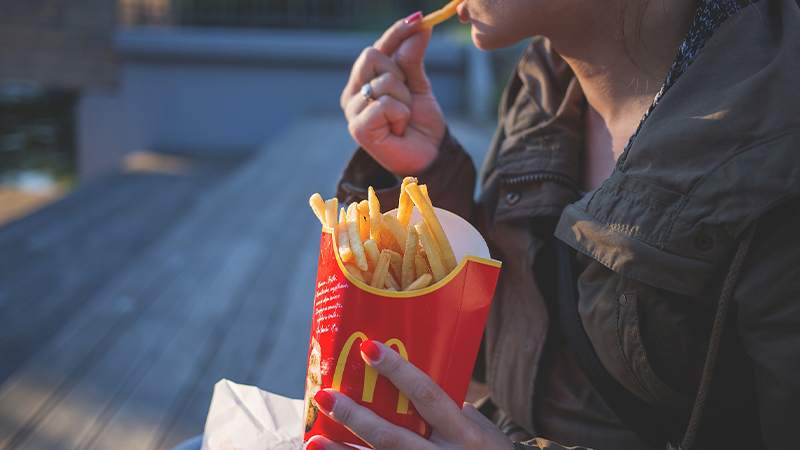By Jordan Jones
Americans are tired of working in a system of poverty. While the top one percent of America earns close to 40 percent of the entire wealth in our nation, the bottom 50 percent earn salaries barely above (or even slightly below, in many cases) the living wage.
This pattern of economic inequality can be traced across a global scale for many decades. In the United States, many fast food corporations still offer the federal minimum wage ($7.25) with limited to no benefits for their employees.
$7.25 an hour can hardly be classified as suitable for an individual person, let alone for a single mother, father, or caretaker of another. The sad truth is that as inflation continues to rise, salaries of the average American worker are lagging behind in a dangerous way.
The economic inequality in this country was brought to light during the initial phase of COVID-19, where much of the economy was closed and everyone remained shut in. While certainly a nightmare on the surface, so many Americans who lived along the line of poverty were actually able to stay home for a change—to experience life without day-to-day struggles and extensive labor.
This opened several eyes to the truth about wealth in this country, triggering a rise in advocacy for unionization and higher minimum salaries these past few months. Americans despise the idea of returning to the workforce just to resume that life of hopeless, taxing labor, and this has paved the way to acts of protest and awareness amongst workers nationwide.
In one such case, McDonald’s workers across 12 different cities recently planned a “walk-out” to protest awful working conditions and demand a higher minimum wage on October 26. At the center of it all, the urge to hold low-wage corporations responsible for the reality faced ‘inside their doors’ has never been greater.
Despite all the injustice and crippling worker’s rights, America’s future economic distribution looks grim at best. Unions have historically been attacked by the corporate elite within its own borders, and too often the bottom 50 percent of America—the working class—is left starving economically while the top Americans accumulate billions.
As social stratification expands in the United States, it becomes increasingly difficult to sustain even a livable wage for the low-paying jobs in America. The rise in labor unions, strikes and protests is only the start of a much bigger movement; the movement to bring life back into the impoverished system of America.




